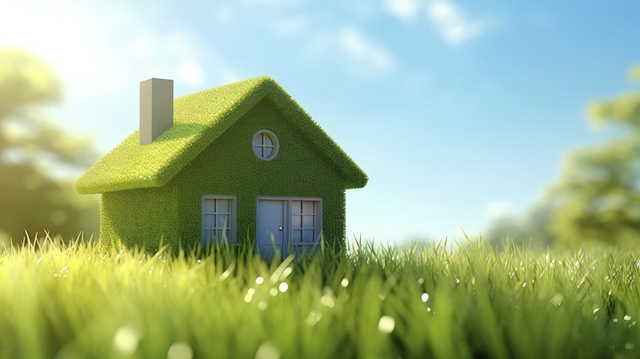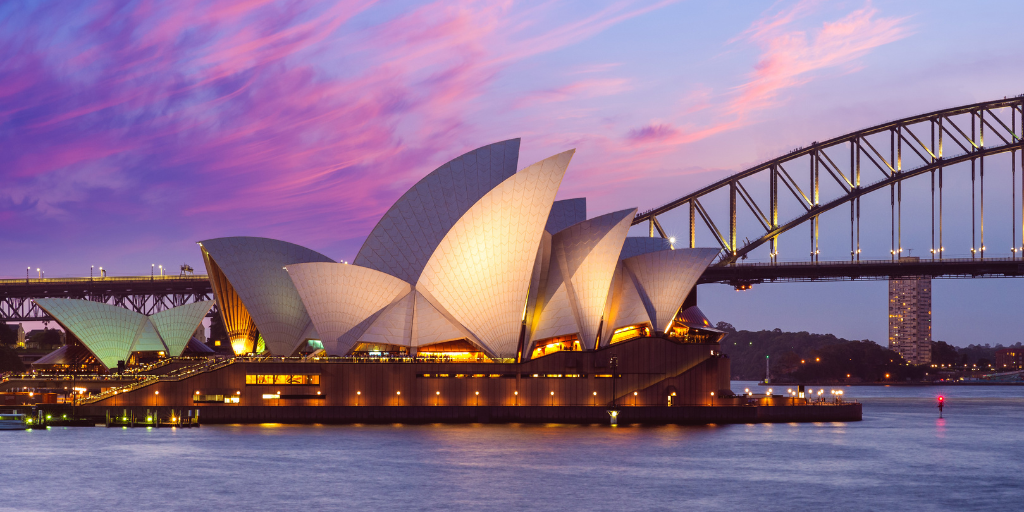Introduction
As the world becomes increasingly aware of the importance of sustainability, the real estate industry is embracing green building trends to reduce environmental impact and create healthier living spaces. In 2024, sustainable real estate is at the forefront of innovation, with new technologies and practices transforming the way we design, build, and manage properties. This blog explores seven exciting green building trends that are shaping the future of sustainable real estate.
1. Net-Zero Energy Buildings
What Are Net-Zero Energy Buildings?
Net-zero energy buildings produce as much energy as they consume, primarily through renewable energy sources like solar and wind. These buildings are designed to be highly energy-efficient, minimizing energy use and maximizing energy production.
Benefits and Impact
Net-zero energy buildings significantly reduce carbon emissions and reliance on non-renewable energy sources. They also offer long-term cost savings for homeowners and businesses through reduced energy bills.
2. Green Roofs and Living Walls
Enhancing Urban Landscapes
Green roofs and living walls are becoming popular features in urban real estate. These green spaces improve air quality, reduce urban heat island effects, and enhance biodiversity in cities.
Aesthetic and Functional Benefits
Beyond their environmental benefits, green roofs and living walls add aesthetic value to buildings, creating visually appealing and functional outdoor spaces.
3. Smart Building Technology
Integrating Technology for Efficiency
Smart building technology uses IoT (Internet of Things) devices and sensors to monitor and optimize building performance. This includes energy management systems, automated lighting, and climate control.
Improving Sustainability and Comfort
Smart technology enhances sustainability by reducing energy consumption and waste. It also improves occupant comfort by maintaining optimal indoor environments.
4. Sustainable Building Materials
Innovative and Eco-Friendly Materials
The use of sustainable building materials, such as reclaimed wood, recycled metal, and low-emission concrete, is on the rise. These materials reduce the environmental impact of construction and promote resource conservation.
Durability and Performance
Sustainable materials are often more durable and perform better over time, leading to longer-lasting and more resilient buildings.
5. Water Conservation Systems
Efficient Water Management
Water conservation systems, such as rainwater harvesting, greywater recycling, and low-flow fixtures, are essential components of green buildings. These systems reduce water consumption and promote sustainable water use.
Environmental and Economic Benefits
Efficient water management helps preserve precious water resources and reduces utility costs for building occupants.
6. Renewable Energy Integration
Harnessing Renewable Energy
Integrating renewable energy sources, such as solar panels, wind turbines, and geothermal systems, is a key trend in sustainable real estate. These systems provide clean, renewable energy to power buildings.
Reducing Carbon Footprint
By harnessing renewable energy, buildings can significantly reduce their carbon footprint and contribute to a cleaner environment.
7. Healthy Building Design
Creating Healthier Living Spaces
Healthy building design focuses on creating indoor environments that promote well-being and comfort. This includes using non-toxic materials, ensuring proper ventilation, and maximizing natural light.
Enhancing Quality of Life
Buildings designed with occupant health in mind can improve productivity, reduce stress, and enhance the overall quality of life for residents and workers.
Conclusion
The future of sustainable real estate is bright, with innovative green building trends leading the way towards a more sustainable and eco-friendly built environment. From net-zero energy buildings to smart technology integration, these trends are transforming the industry and setting new standards for sustainability. As we move forward, embracing these trends will be crucial in creating a greener, healthier, and more sustainable world.
External Resources
- US Green Building Council: Trends in Green Building
- World Green Building Council: Advancing Net Zero







